On Tuesday night the England Lionesses drew with a well-respected Australia side 1-1. What will be looked at in this tactical analysis piece is the way in which England attacked. Although they only score one goal, chances weren’t hard to come by and there were some themes to their playing style.
That Right Wing
Following their meeting against Brazil on Saturday, Phil Neville’s side look to have found a very effective method of attack.
Like in the Brazil game, against Australia, England had most of their joy from attacks down the right wing. The way Phil Neville set his side up to create those chances were very similar to Saturday although the personnel was slightly different.
Jordan Nobbs remained in the double pivot, however, joining her was Manchester City’s Keira Walsh. This allowed Nobbs to play her natural game a bit more with Walsh able to sit deeper more often, similar to the way her partner did on Saturday as seen below.
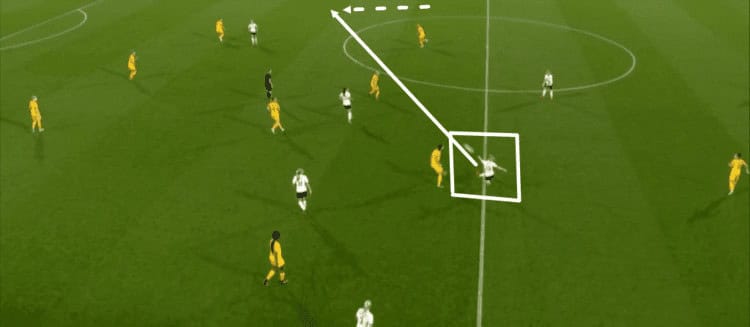
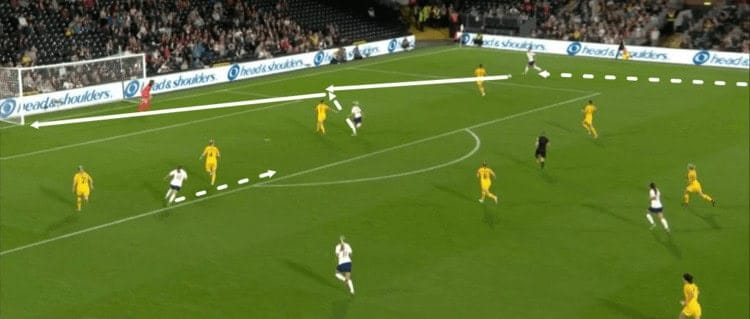
Why this is so effective is because, if Mead is being used out on the right, this will allow her to take up more natural central positions. With Fran Kirby the actual striker, as we can see above this creates spaces for each player to attack as defenders will only expect one body in the box.
With Lucy Bronze and Nikita Parris showing the strength of this right wing on Saturday, also, it won’t be a surprise to see a lot of attacks come from this side.
Pressing
England’s attacks don’t just start when they’re on the ball, however. Like many teams nowadays, Phil Neville’s side press high up the pitch. Not constantly, but they do pick their moments well.

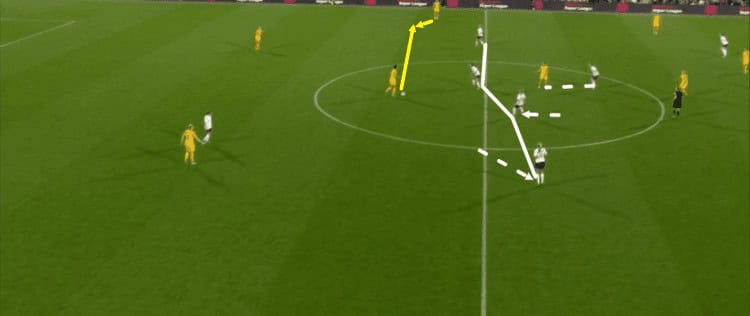
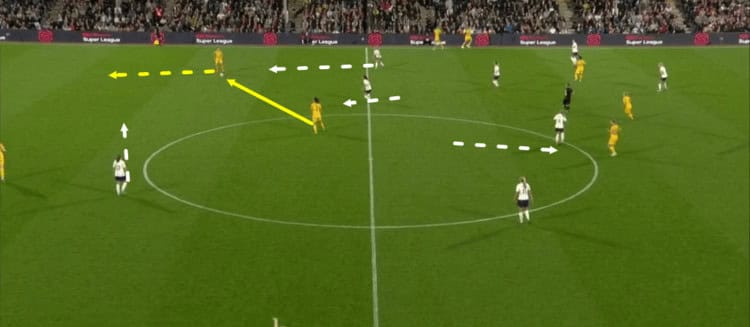
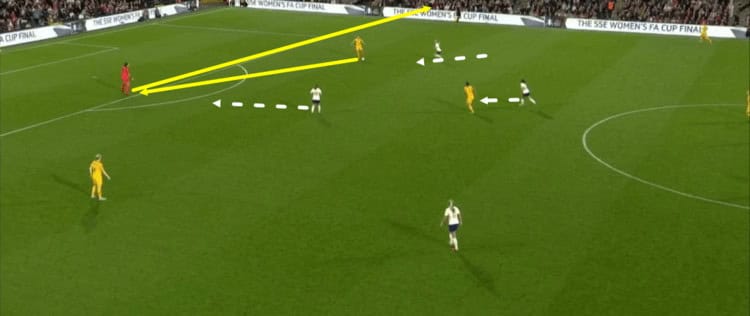
Pressing Pays Off
England picking their moments ended with a great payoff as this is where their goal came from.
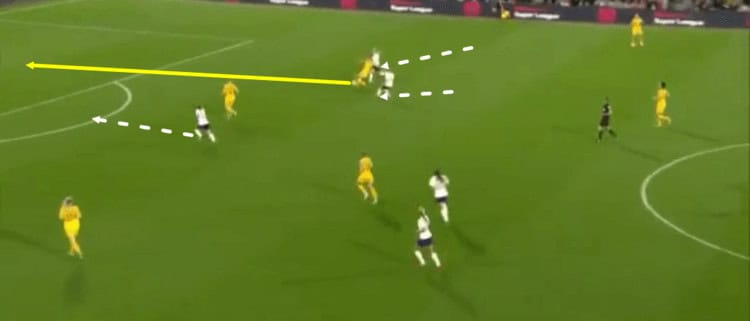
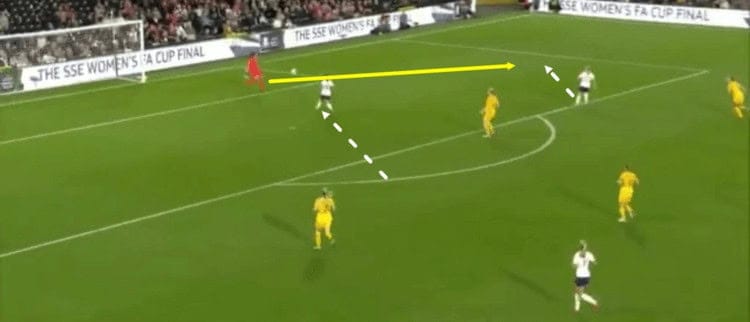
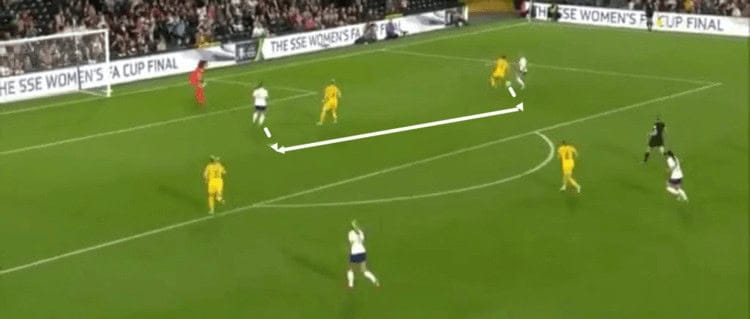
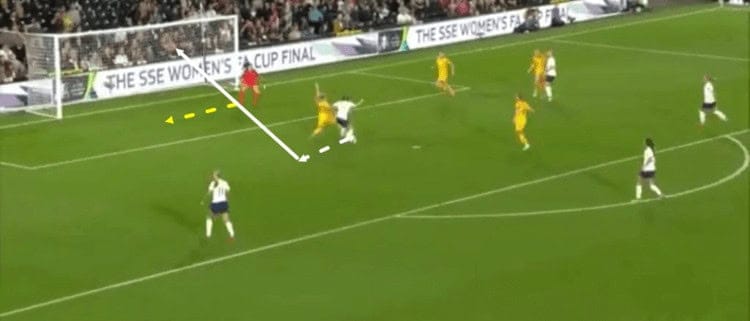
Knowing when and where to apply pressure on teams can be very important for England as the World Cup approaches. Getting the balance will be key as their impressive pressing may have left them slightly tired in the late stages of the match when Australia levelled things up.
However, this proves that when the Lionesses hunt in packs, they can be as much of a threat as when they’re on the ball.
Summary
Overall, this international break was a positive one for Phil Neville. Against Brazil, his side controlled the game for large periods as they did again against Australia. The Australia game also could’ve seen them further ahead and win based on some decisions.
Despite not getting those decisions, however, the way Neville looks to be shaping his team ahead of next summer looks encouraging. There seems to be a clear plan on the pitch to be carried out as the balance looks to be coming also.





Comments